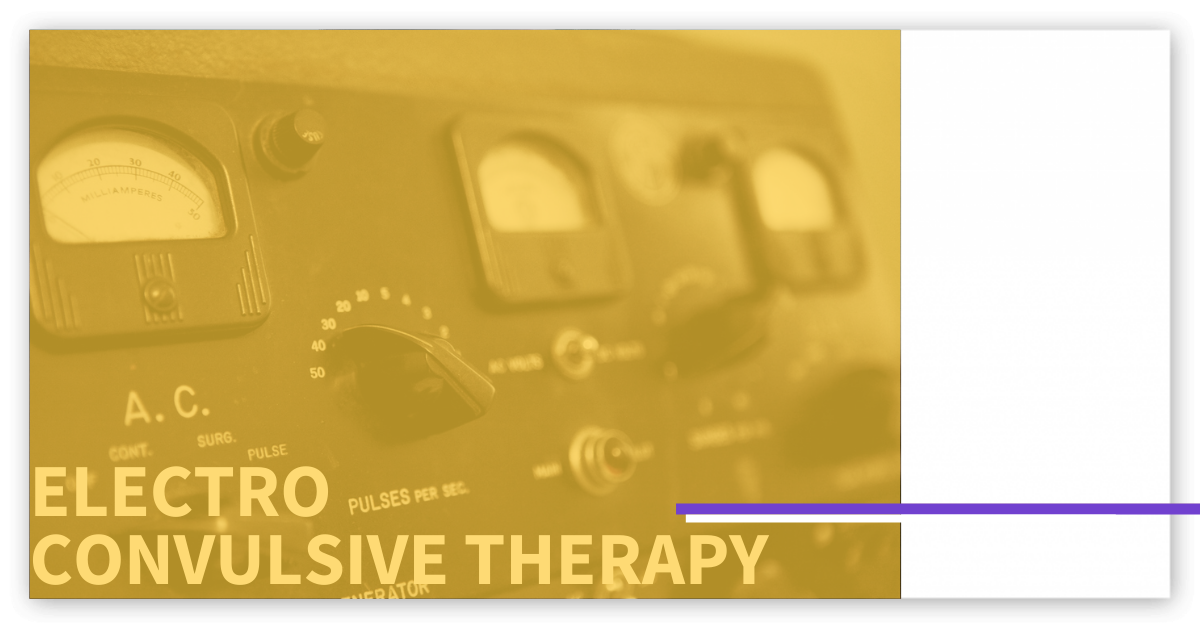What is Electroconvulsive Therapy (ECT)?
LISTEN TO THIS ARTICLE:
What it is
Electroconvulsive Therapy (ECT) is the most effective treatment available for acute major depressive episodes. It has also shown promise in cases of bipolar disorder, schizophrenia, schizoaffective disorder, and catatonia.
Who needs it
Patients whose depression persists despite aggressive treatment with medication and/or talk therapy are candidates for electroconvulsive therapy. People with treatment-resistant depression can respond quickly to ECT, which makes it potentially lifesaving in cases of suicidal or psychotic depression.
How it works
A doctor—most likely a psychiatrist—passes an electrical current through the brain to intentionally spark a brief, therapeutic seizure. The dose and duration of electricity is low and carefully controlled and does not cause damage to the brain or body.
Where to go
Because electroconvulsive therapy requires sedation, the procedure takes place in the surgical area of a hospital or in a same-day-surgery setting. Patients are asleep as they would be for surgery, but only for a matter of minutes. Someone will need to drive them to and from the appointment.
What to expect
A psychiatrist, an anesthesiologist, and at least one nurse continuously monitor the patient throughout the procedure. The anesthesiologist administers a muscle relaxant called succinylcholine, which calms the physical movements of seizure. The psychiatrist attaches conductive pads and gel to the patient’s head and applies a small amount of current. The ensuing seizure(s) can last up to a minute. If necessary, the anesthesiologist can stop them after three minutes using intravenous medications such as fast-acting benzodiazepines.The typical ECT course runs between six and 12 treatments that are usually scheduled three times a week.
What could happen
Post-treatment side effects of electroconvulsive therapy can include:
- A feeling of confusion that generally passes within the hour
- One to three weeks of memory impairment, during which patients may struggle to recall recent events and form new memories
- Headaches, nausea, and muscle aches
- Relapse, should the patient fail to complete the ECT and restart antidepressants
The rare patient who serially relapses may require maintenance ECT. This can take the form of repeat courses or indefinite, low-dose treatment once a month or as needed.


 Learn
Learn Find Help
Find Help
